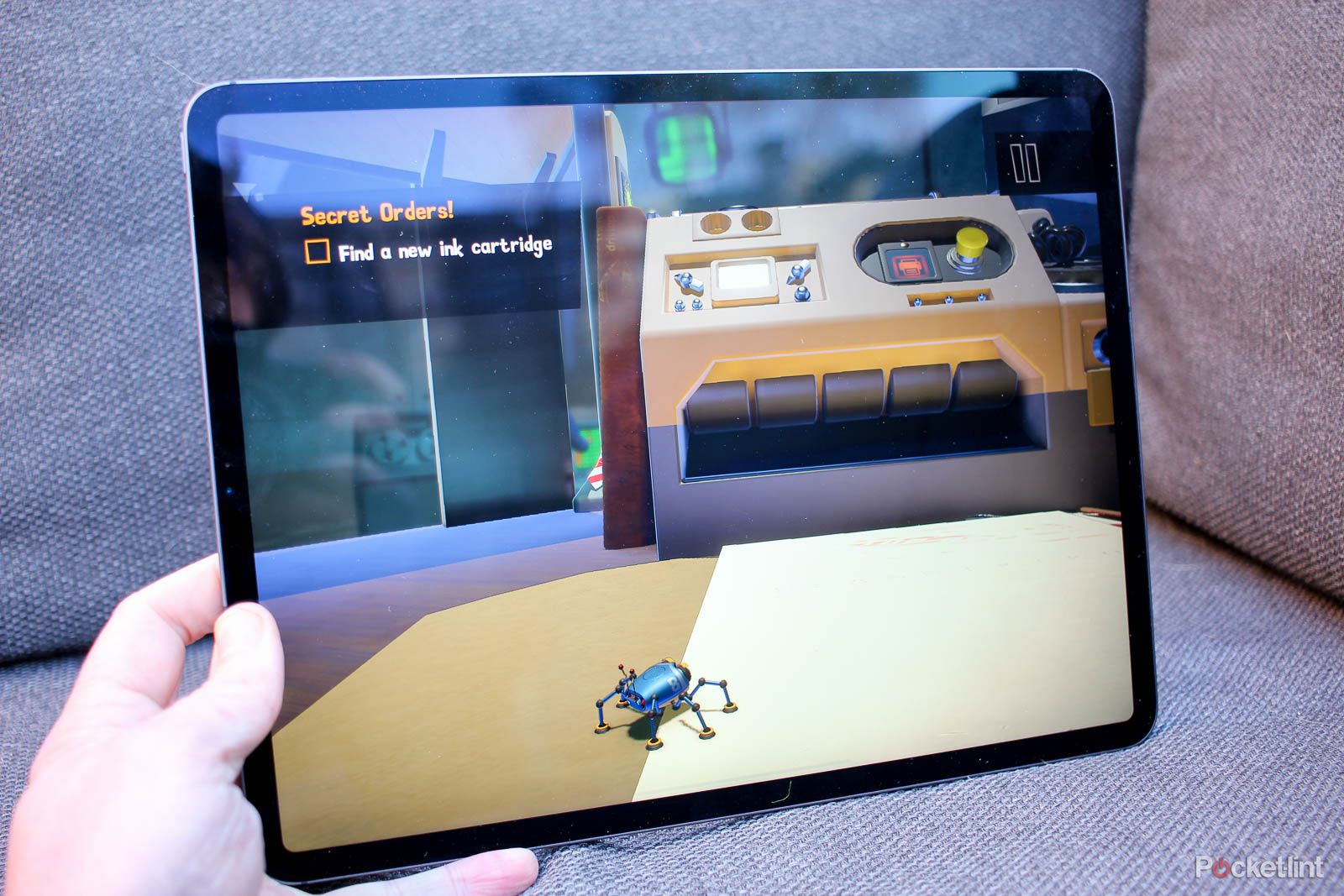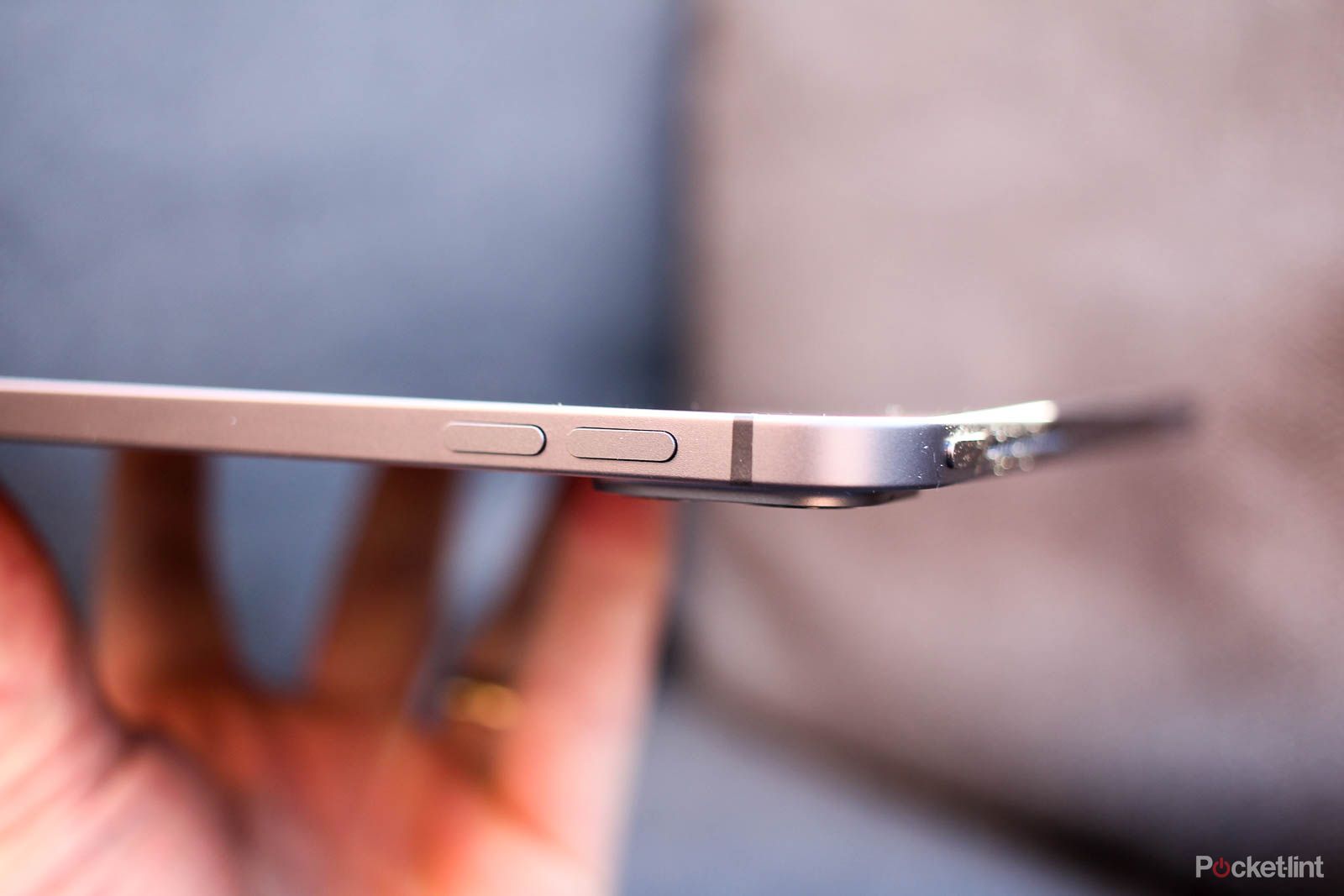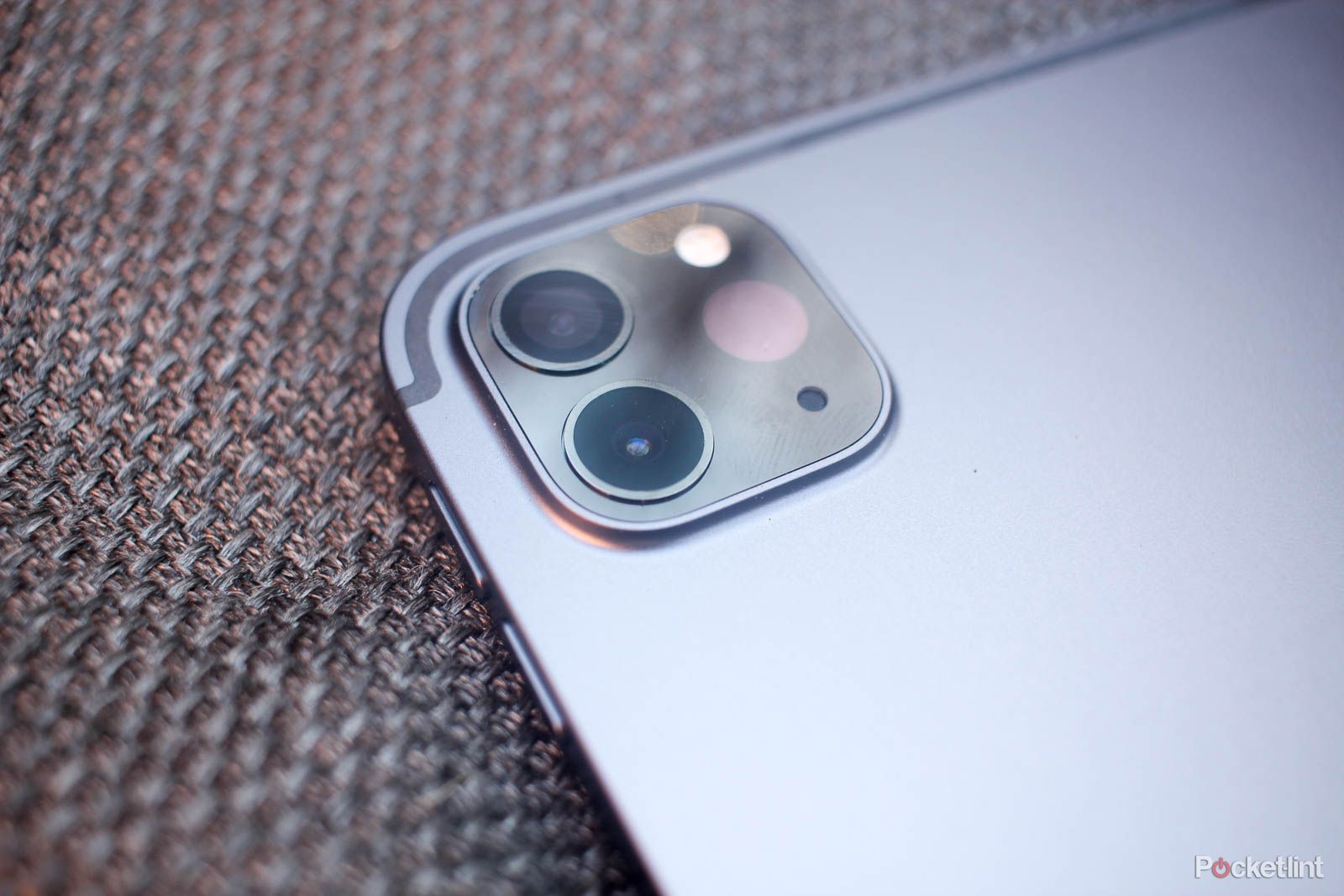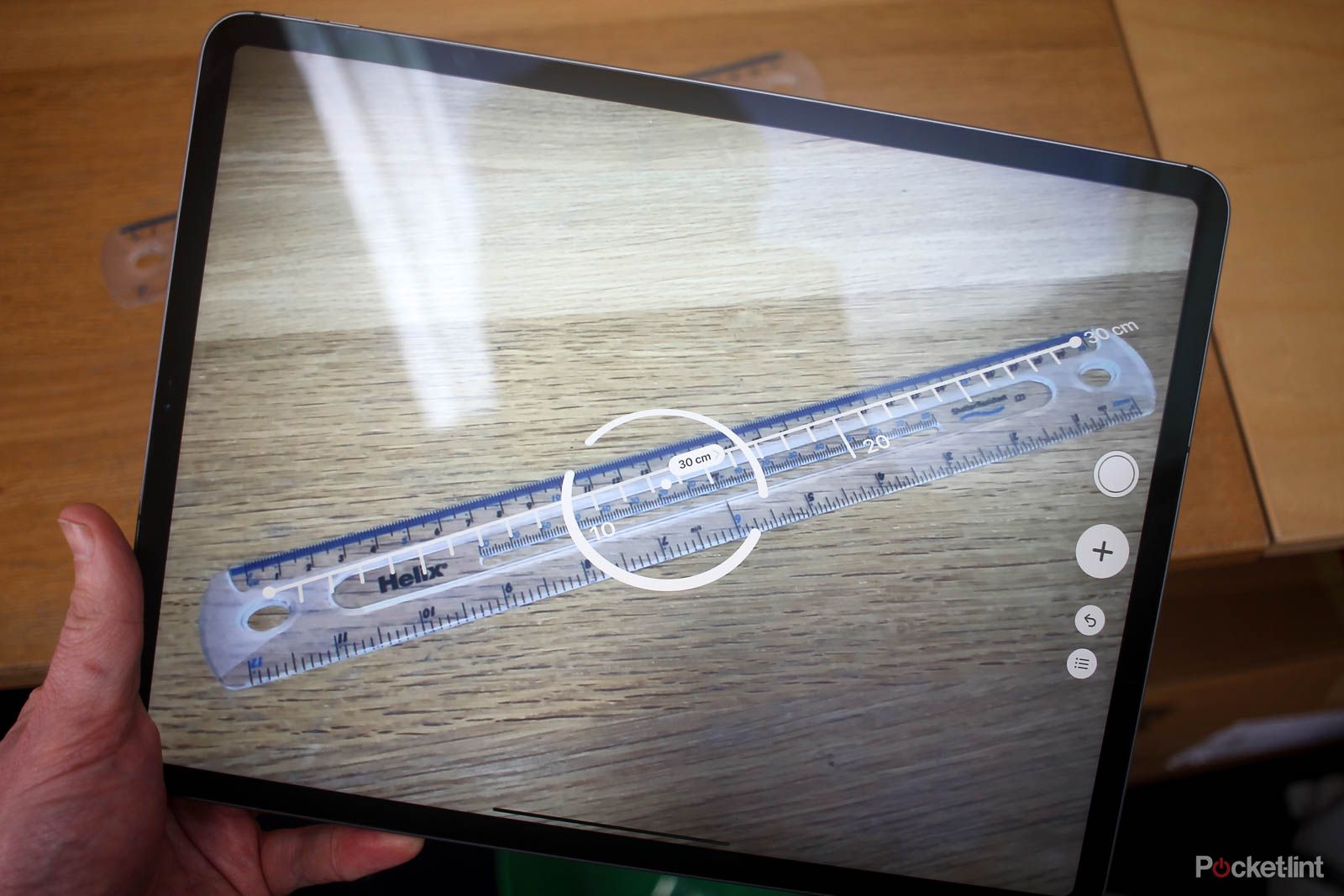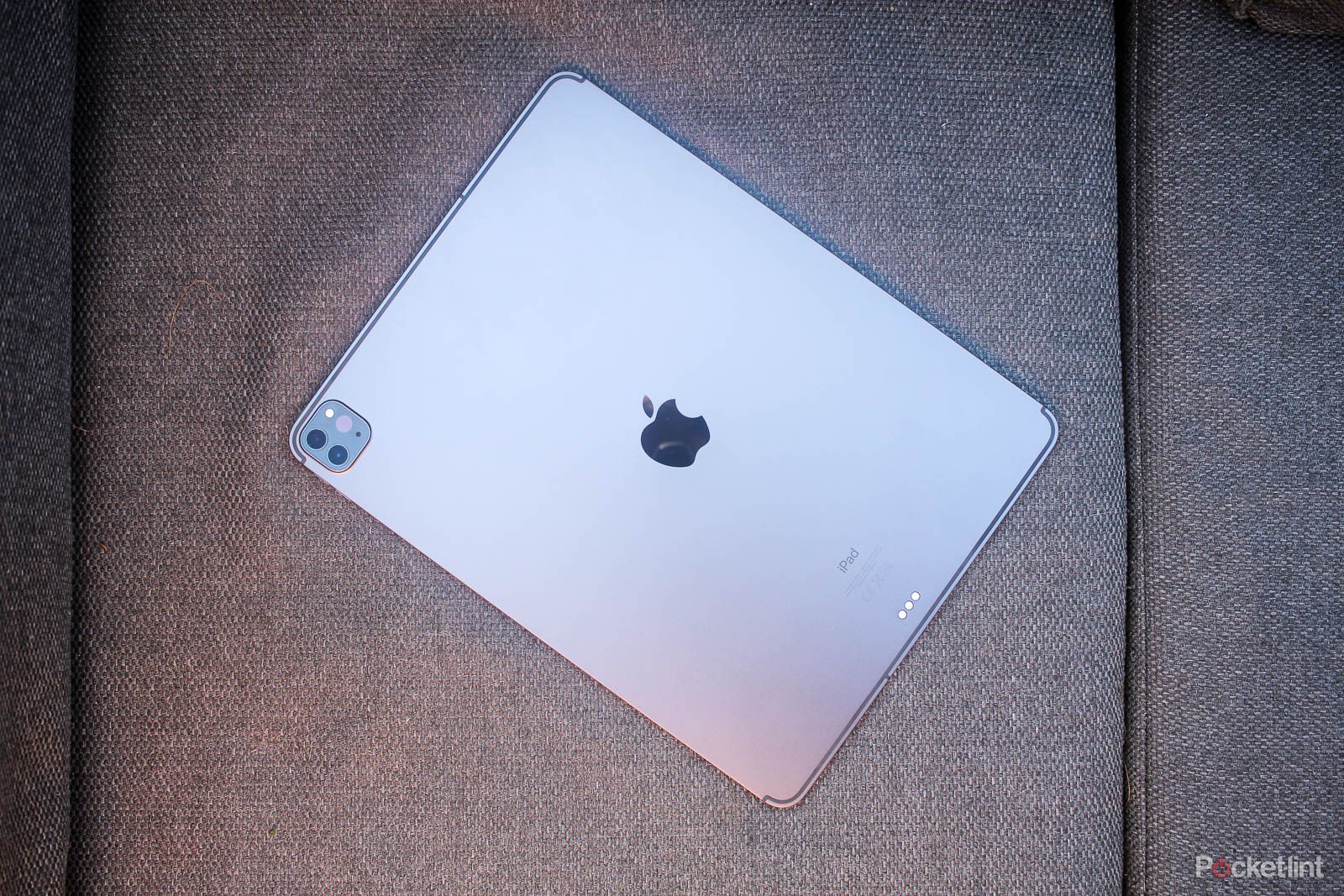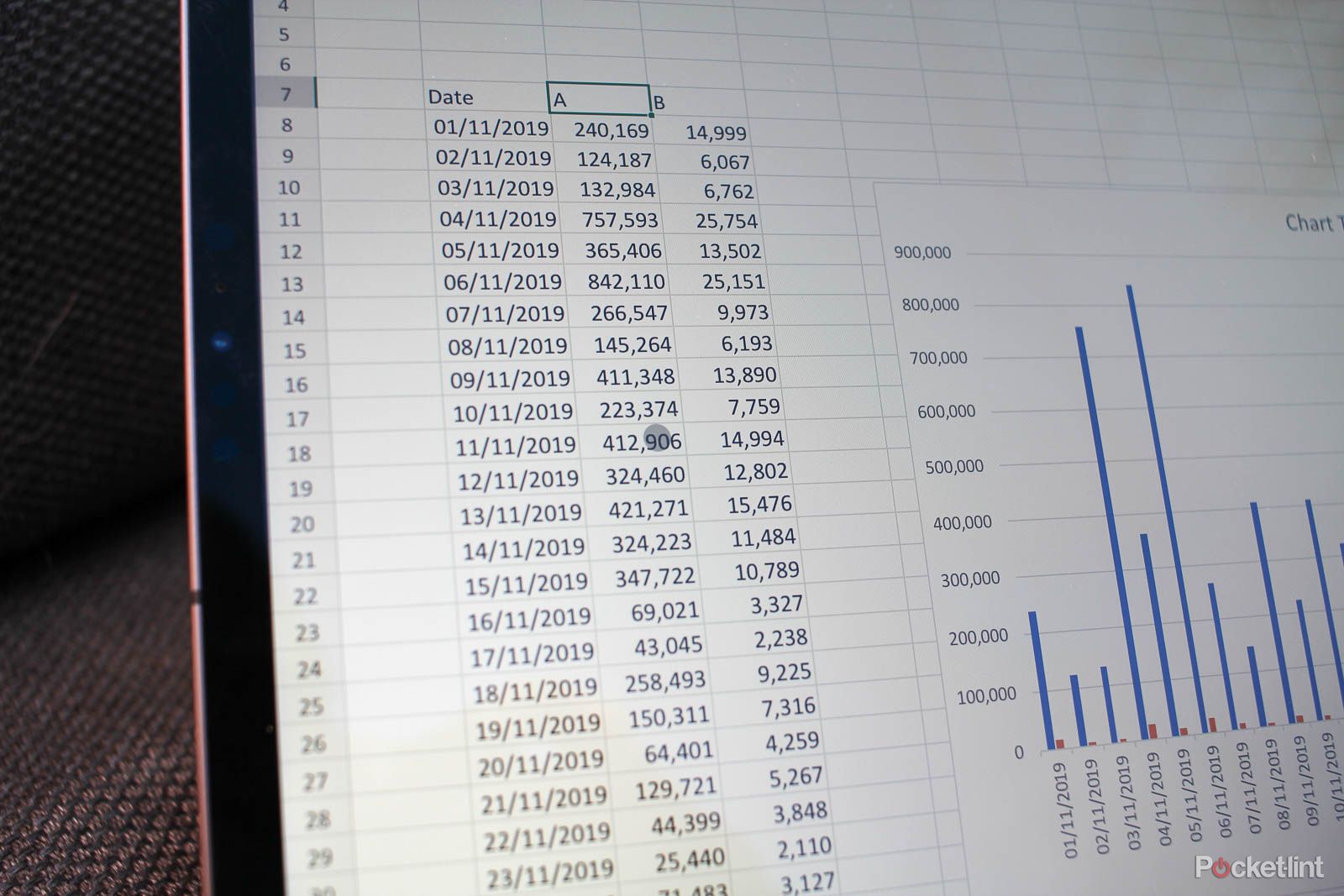The iPad Pro hasn't changed physically since 2018, with Apple preferring to offer new features and functionality via iOS software enhancements rather physical changes.
For 2020 that's changed, albeit slightly, with the iPad Pro adding an improved camera setup to the existing design, while introducing a new processor too.
We've been using the 2020 iPad Pro to see whether the gap between tablet and laptop is blurring even more than ever. Is now the time to go Pro?
Our quick take
The iPad Pro 2020 doesn't really add any exciting new functionality that will change the majority of users' day-to-day usage. Don't get us wrong, though, the cameras are a nice addition, while the LiDAR sensor holds a lot of future potential.
It's probably why Apple has chosen to replace the 2018 model with this version, rather than offer it as a cheaper entry-level Pro, as it has done in other ranges like the iPhone and the Apple Watch.
The big win for iPad users is the introduction of trackpad support, but if you've already got a Pro model then you'll have that as a software update anyway. Still, that makes the iPad Pro the perfect platform to use as a true laptop-replacement and on-the-go tablet. It really is unrivalled.
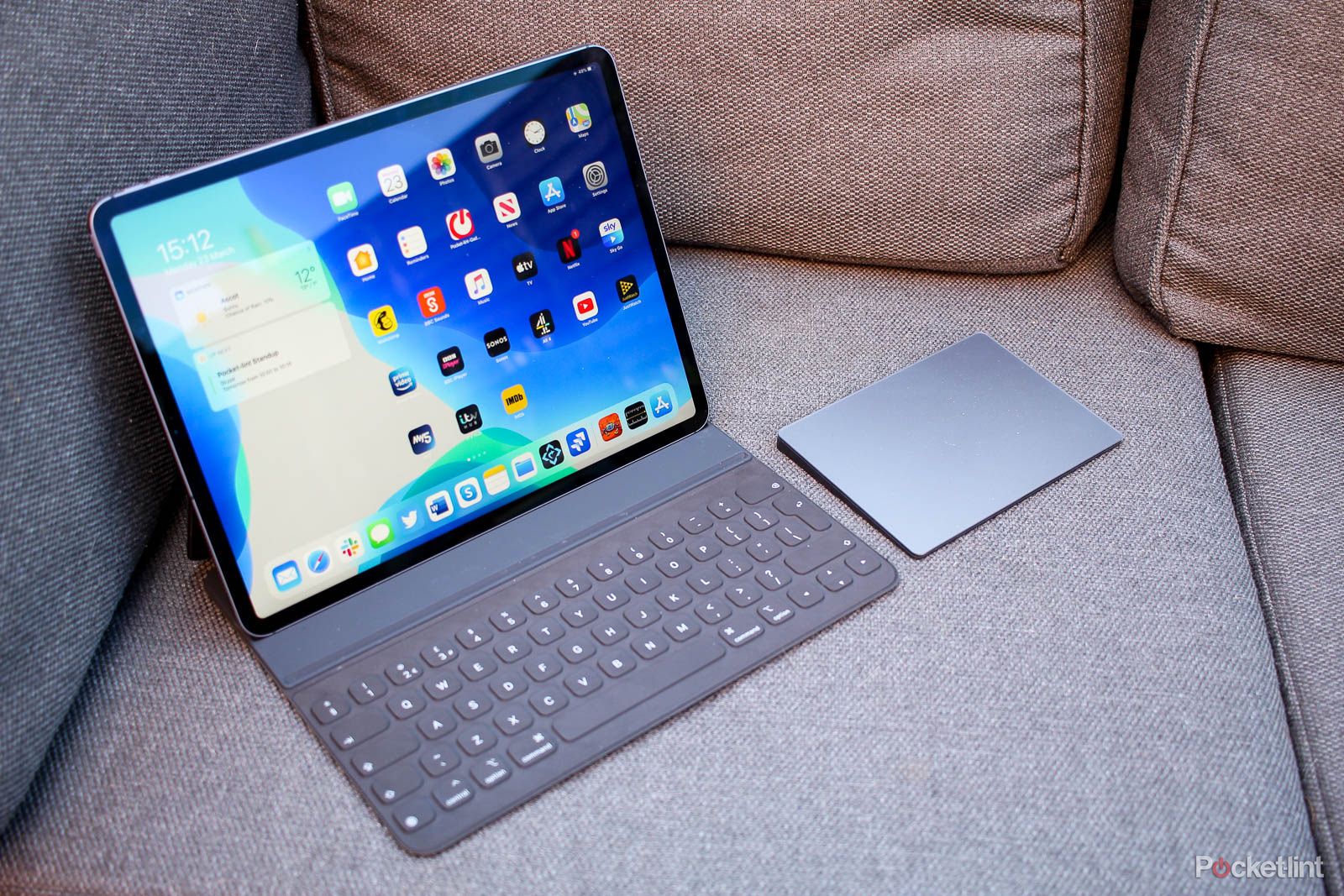
Apple iPad Pro 12.9-inch (2020) - 4.5 / 5
| FOR | AGAINST |
|---|---|
|
|
Apple iPad Pro 12.9 (2020)
Is the 2020 iPad Pro design different?
-
12.9-inch 'Liquid Retina LED-backlit IPS display
- 2732 x 2048 resolution
- 120Hz refresh rate
- 600-nit brightness
- Dimensions: 280.6 x 214.9 x 5.9mm
- Weight: 641g (Wi-Fi), 643g (4G)
- Finishes: Silver, Space Grey
- New cameras enclosure
Having refined the iPad Pro design in 2018 with the introduction of thinner bezels and a Face ID camera, nothing for the 2020 model has changed on the design front - except for the new camera enclosure.
You still get the same 12.9-inch Retina Display, with the same resolution, same maximum brightness, same curved corners, same high refresh-rate, and other features such as P3 colour space accuracy and Apple's adaptive True Tone technology.
This laminated display is anti-reflective - although still expect some glare in bright conditions - and there's an oleophobic coating that does a good, but not perfect, job of coping with grubby fingerprints. There's no formal high dynamic range (HDR) support, but at 600-nits maximum brightness we don't suspect many will notice. This display is big, rich in colour and packed full of detail.
With the design an echo of its predecessor, that means the Pro remains wonderfully thin, at 5.9mm. Although the form-factor is identical, there is one small difference: the new and larger camera enclosure adds an extra 10 grams - not that you would notice - to the overall weight.
Those hoping for a return of a 3.5mm jack will be disappointed, as there still isn't one, but you do get four speakers - one in each corner - that certainly pack a punch whether you're playing games, watching movies, listening to music, or video conferencing (the last of which is oh-so-2020 don't you know). That's handy because, like before, the iPad Pro features five microphones, which come into their own when you're on a FaceTime call.
What does the LiDAR sensor do? New cameras explained
- Triple rear camera setup
- Main: 12-megapixel, f/1.8 aperture, 28mm equiv., 1.22µm pixel size, dual pixel phase-detection autofocus
- Ultra-wide: 10-megapixel, f/2.4 aperture, 14mm equiv.
- Time-of-Flight LiDAR scanner
- Single front-facing selfie camera
- 7-megapixel, 1080p at 30/60fps
- Face ID login
The front-facing selfie camera is the same 7-megapixel offering we had in the 2018 model. It's certainly good enough for video conferencing and supports Face ID - which makes unlocking your iPad Pro a hands-free experience. It also means you can use Animoji or Memoji. If you're a Face ID-carrying iPhone user then the experience will be second nature.
The camera is still positioned on the top, when in portrait mode, and that does present problems if you predominately use the iPad in landscape with a keyboard (as it's on the left hand side at that point). It's not where you expect to be looking if you're on a video call for work - especially if you're used to jumping between a laptop and the iPad, and even after 18 months of use we still look in the wrong place.
While the front remains the same, the 2020 iPad Pro's rear camera has been overhauled. The new Pro features a much bigger square camera enclosure that features two cameras and a LiDAR sensor.
While many will see the iPad as a camera replacement, many "pro users" have started utilising the iPad Pro as a image capture device for sports training, augmented reality, and a range of other jobs. It's no surprise, then, that the camera has been updated to represent these changes and service those who need it.
With that in mind you now get the same 12-megapixel camera as before, as well as an additional 10-megapixel ultra-wide camera. This wider view is a 14mm equivalent, making it able to capture very wide scenes. The new cameras means you also get 4K video support to 24fps, and 1080p at 120fps for slo-mo video as well.
And on top of the two cameras, you get a LiDAR sensor, which works with ARKit 3.5, that will make edge detection in augmented reality (AR) apps much, much better. The sensor will allow developers to do a host of things that haven't previously been possible because of the lack of accuracy on relying on the cameras.
In the short term it will also mean that rather than having to orientate your device by moving it around to see your environment when using certain apps, it now just works, and this can already been seen in Apple's own Measure app - the only app at launch that uses the new sensor. Boy, is it accurate, as you can see in our above measurement of a ruler.
Apple clearly has big plans for the new sensor, although there aren't many apps available just yet. At the launch of the iPad Pro, Apple showed off a LiDAR-enabled version of the game Hot Lava, which would allow you to play it based on items of furniture in your living room, and a medical app that will be able to accurately interpret how your muscles move. But even these aren't available at the time of writing.
The new camera and sensor are certainly a welcome addition, but at launch many may wonder why they would need them. For us, this is Apple continuing to show its strong belief in AR and its potential. Let's hope we see more support and more apps in the coming months, and perhaps more so at Apple's developer conference (WWDC) in June.
Is the 2020 iPad Pro a better performer?
- Apple A12Z Bionic processor, 6GB RAM
- No 5G, 4G/LTE option only
- 9,720mAh battery
- 18W fast-charge
- USB-C 3.1
The 2020 iPad Pro gets a spec boost, with the move to a new processor - up from the A12X in the 2018 model to the A12Z Bionic model here - but in our time with the device so far we've not noticed a huge leap in speed or power capabilities. That's just how spoiled we are with the processor capability these days.
We're sure they are improvements, after all it's got to cope with the LiDAR sensor and those more powerful games that are always coming thanks to Apple Arcade, but as a friend once told us: "an iPad is an iPad is an iPad". The Pro range has been fast enough for us for some time, and doesn't seemingly get any faster with this update.
Connectivity remains the same as well: there's Wi-Fi 6, LTE (not 5G) and eSIM support (if you chose that model). If you're using the latter on-the-go model then SIM and mobile data will drain the battery quicker than the Wi-Fi only version.
Speaking of battery: it's the same as before. Apple claims 10 hours of battery on a single charge, but you'll need to use it fairly lightly to get that - we got about 9-hours in desktop use, less when playing games. So use the Pro like an laptop and the battery will drain fairly quickly, use it to watch a movie and the battery hardly seems to change.
Thankfully the iPad Pro features 18W quick-charge. Using this USB-C cable (it's not Lightning) means you can charge it with your MacBook charger and it also supports reverse charging - so you could use it to charge your iPhone if that battery is low.
Does the iPad Pro support trackpads?
Not specific to the iPad Pro 2020, but worth a mention, is trackpad support that's been added. The experience, which will be enhanced further with the Magic Keyboard, means that you can now use a mouse or trackpad with the iPad to deliver a more laptop-esque experience. And you certainly get that. We've been using a Magic Trackpad 2 and at a desk it's great.
The cursor function - which is a small round circle instead of an arrow - is easy to use and when you get to a button or an icon it immediately covers the whole area. Working on spreadsheets, one of the big no-no areas on a tablet, is now possible, and that's a real game-changer.
Of course you have to remember that you've got the trackpad connected - it's still too easy to touch the screen, but we suspect this will be easier when the Magic Keyboard arrives. Still, it eradicates the one issue we had with the 2018 model at launch and makes the 2020 iPad Pro a step closer to being a full-on laptop replacement.
As for other new treats in iOS 13.4: there's a bunch of new stickers for Memojis, iCloud folder sharing, and a few other tweaks and changes.
When is Magic Keyboard coming? iPad Pro accessories compatibility
As previously the Apple iPad Pro 2020 supports the Apple Pencil (2nd Gen), which magnetically connects to the side to be charged; and the Smart Keyboard Folio, which that also doubles as a case.
In May 2020 there's a Magic Keyboard coming, which brings a trackpad to the experience, as well as a second USB-C port. That will mean you can charge the iPad as well as having a USB-C accessory - like a camera - attached at the same time.
Apple iPad Pro 12.9 (2020)
To recap
The 2018 model was the revolution, for 2020 it’s nips and tucks, meaning business as usual.

